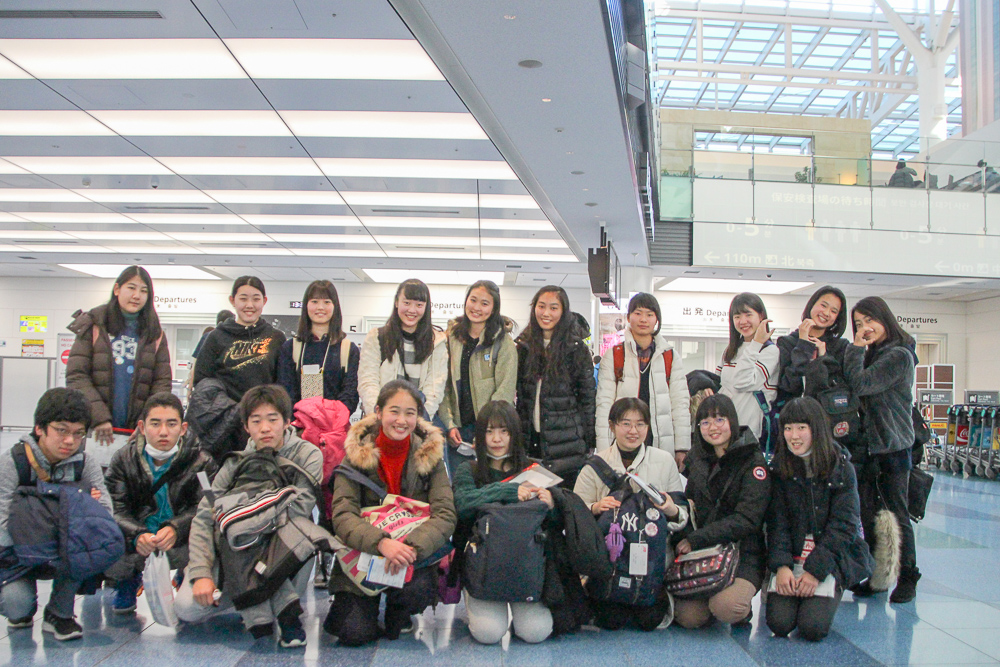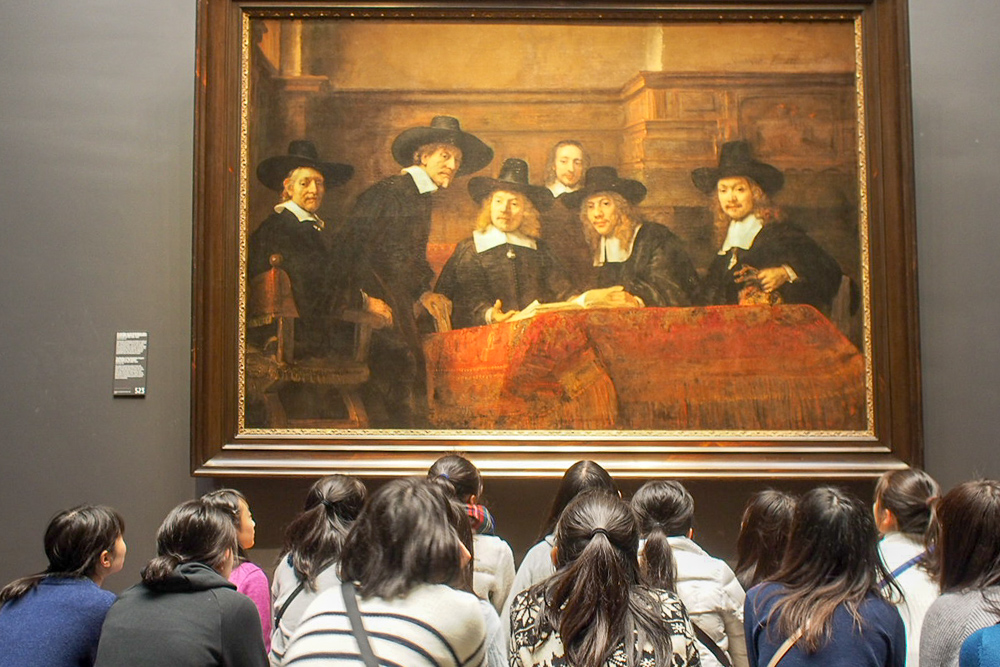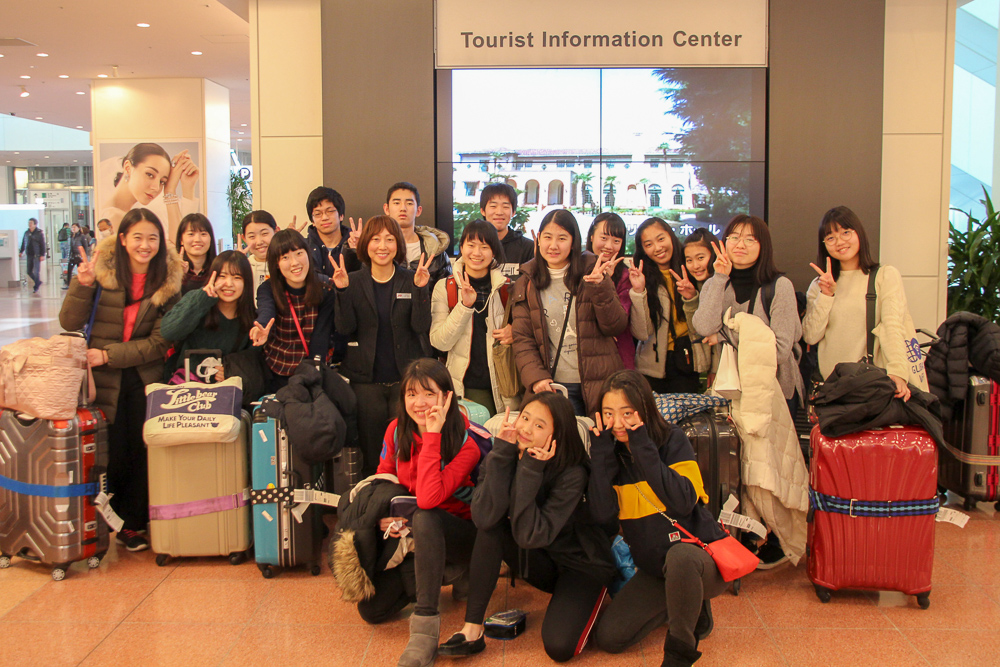European Studies is an overseas study program where students visit various parts of Europe and directly experience culture in the local areas and also see the problems that exist there firsthand. The aim is to nurture the qualities needed in global leaders.
This year, students visited international organizations and historical sites in Poland, the Netherlands, and Switzerland from 4th-13th of January, 2019.

18 students from 9th grade to 11th grade participated this time.
After an 11hour flight from Haneda Airport, the students arrived in the first stop, Krakow, which is the oldest city in Poland. The students were greeted by a local guide and learned simple Polish greetings.

The next day, the tour started.
First of all, the students visited the Auschwitz-Birkenau State Museum and Oskar Schindler’s Enamel Factory and learned about the persecution of the Jews in Nazi Germany.

At the Auschwitz-Birkenau State Museum, the students went around two concentration camps with the guidance of Mr. Tsuyoshi Nakatani, the first and only foreign official guide at the museum
The students listened to the stories of Auschwitz. In doing so, they learned how history is presented in Europe and also, how to face Japanese history. Students learned about the tragic history and it caused them to think deeply about the circumstances of what happened.

At the Schindler enamel factory, which was the setting of the movie “Schindler’s List”, the students saw the factory where German businessman Oskar Schindler hid Jews from the massacre by hiring them as employees.
The students could really understand the events that took place under the Nazi occupation.

On the next day, the students moved from Poland to the Netherlands and visited the International Residual Mechanism for the Criminal Court (IRMCT).
The students listened to commentaries in English from the staff, and they visited facilities such as the criminal court which prosecuted crimes from the former Yugoslavia and Rwanda. They also learned about human rights problems in conflict areas.

In the Netherlands, the students also visited the Mauritshuys Museum and the Amsterdam National Art Gallery.
While listening to a wide range of lectures, on topics such as the basics of viewing art in regard to composition, knowledge of arrangement of works inside the hall, and knowledge of the historical background of the work. The students enjoyed the masterpieces of the Dutch Masters such as Rembrandt and Vermeer.

In addition, the students learned about the experiences of the Jewish people and their culture at the Jewish History Museum.
At the house of Anne Frank, a place symbolizing the persecution of the Jews, the students experienced “the importance of living fully even if deprived of freedom.”
In this way, what the students felt while experiencing real places could be taken in more powerfully than simply reading about the events in books.

The last spot on the tour was Switzerland. The students visited four international organizations in Geneva over two days.
On the first day in Switzerland, they visited the Office of the United Nations High Commissioner for Human Rights (OHCHR), the Office of the United Nations High Commissioner for Refugees (UNHCR) and the International Labour Organization (ILO).
They talked with the Japanese staff about the actual problems dealt with by each institution, the roles / missions undertaken to solve the problems, the qualities needed to work in a global environment, and so on.
Listening to stories from people who are personally working overseas to solve challenging problems was an exciting experience that reached beyond what they would usually get in Japan.


The staff members took questions from the students and provided a lot of additional context and detail the story by addressing those points. These lectures helped students to deepen their understanding of international organizations.
The students were a little unfamiliar with the style of back and forth but it was a good opportunity for them to address issues they had questions about.

On the second day, at the International Red Cross Headquarters, the staff of the International Red Cross (ICRC) and Red Crescent Society (ICFC) explained the history of the organization and the activities it takes part in.
While visiting the museums on the premises, the students learned even more about the story of the International Red Cross.



On the last day in Europe, the students went sightseeing in the old city and enjoyed seeing places such as St. Pierre Cathedral.
They took a commemorative photo at the airport and ended the ten-day European studies tour.

On this trip the students were able to deepen their knowledge by experiencing many things first hand. They left with a lot of new ideas and were more focused on the future and what careers may await them.




